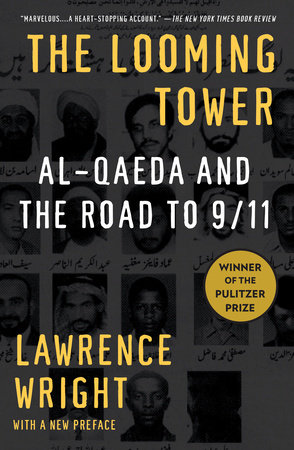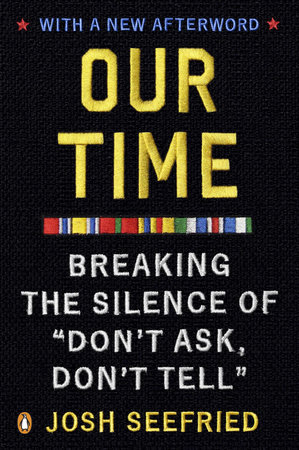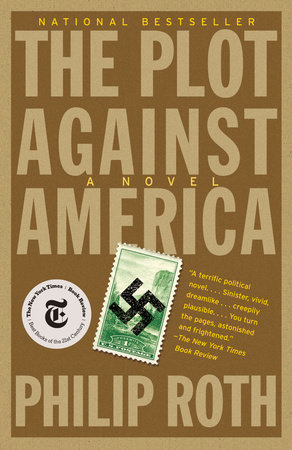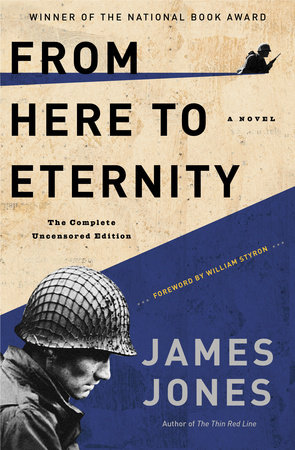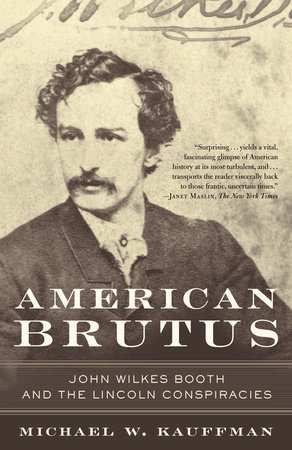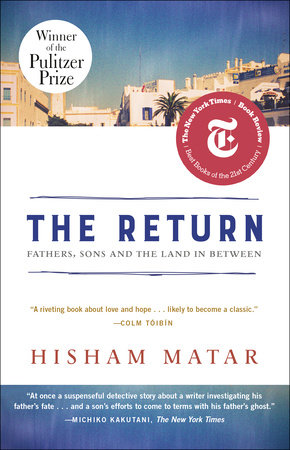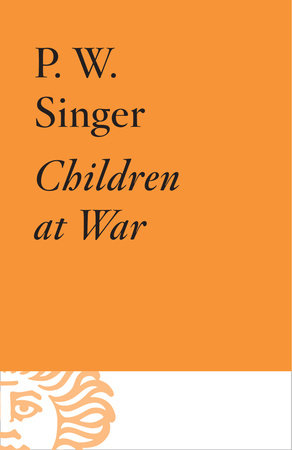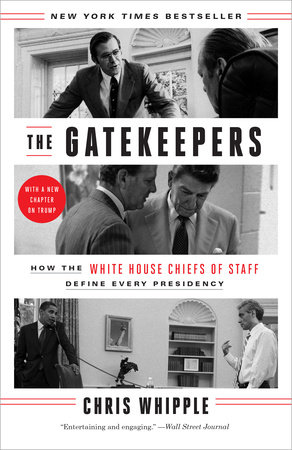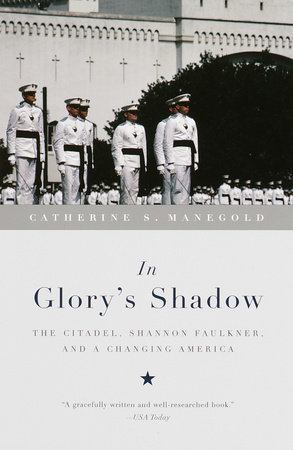Q: You are well known as a writer concentrating on the Middle East and intelligence matters. What prompted you to start focusing on these subjects? A: My wife and I taught English for two years at the American University in Cairo, in the early seventies, and so I had some familiarity with the area. I also spoke a very rusty Cairene Arabic. I was very fond of the time I spent there, which added to the heartbreak I experienced on 9/11. In addition, I had co-written a movie, The Siege, starring Denzel Washington, Bruce Willis, and Annette Bening, which appeared in theaters in 1998. That movie anticipated, in certain eerie ways, the attacks on America by Islamist terrorists and the damage that these attacks would cause to our country and our civil liberties. While researching the film, I had the opportunity to speak to agents in the New York office of the FBI and hear their anxieties about possible strikes against the American homeland. “The Siege” reflects those concerns, which turned out to be so shockingly premonitory. When I watched the attacks on America that Tuesday morning in September, I thought, “This looks like a movie.” Then I had the sickening realization, “This looks like my movie.” Because of my previous experience in the Middle East, and because I had already imagined something like this happening, I felt obligated to pursue the story of what had really occurred. Q: Was The Siege inspired by research you were doing at the time for another project? How did it come about? A: The Siege began with a lunch with Lynda Obst, the producer, who asked if I would be interested in writing about a woman in the CIA. That was the essence of the idea. But the cold war was over and the CIA seemed irrelevant at the time. For a year, I explored various notions of setting the movie back in time, or somewhere that the agency was still quite active, as in China or Cuba. Finally, I realized that the CIA did have a real-life antagonist: the FBI. Their bureaucratic quarrels were legendary. At the time I began my research they were fighting over which organization would control counterterrorism inside the United States. That’s when the plot actually began to cohere. I chose to make the terrorist an Arab because I had had some experience in the Arab world; moreover, there were already precedents with the 1993 bombing of the World Trade Center by Ramzi Yousef and the plot by followers of Sheikh Omar Abdul Rahman to destroy the landmarks in New York, including the Lincoln and Holland Tunnels, the United Nations, and Federal Plaza. The screenplay was based on the most likely scenario I could imagine, drawing from research I conducted at the time with members of the New York office of the FBI.Q: When did you begin working on The Looming Tower? A: On the morning of September 11, 2001, within an hour of the attacks, I sent an e-mail to David Remnick, the editor of The New Yorker, saying, “Put me to work.” A few hours later, New Yorker writers scattered all over the United States engaged in a conference call, in which David asked us to file reports that he would incorporate into a narrative. I was fortunate to locate a young man, Kirk Kjeldsen, who had slept through his subway stop and was running late to a meeting at the Windows on the World restaurant on top of the World Trade Center. His story of escaping the tower became the centerpiece of the now famous black issue of the magazine. Immediately after that, I began scanning the online obituaries, looking for a person whose life and death could exemplify in some way the massive national tragedy. On the Washington Post site, I found mention of John O’Neill, the former head of counterterrorism in the FBI’s New York office. The brief obituary mentioned that O’Neill had resigned from the bureau under pressure before taking a position as the head of security at the World Trade Center. I thought that, whether he was a hero or a disgrace, he was a pivotal figure. He was our chief Osama bin Laden hunter, but instead of getting bin Laden, bin Laden got him. Q: What sort of research went into the book? A: In the nearly five years I have been working on the book, I’ve traveled extensively to the United Kingdom, France, Germany, Holland, Spain, Afghanistan, Pakistan, Egypt, Saudi Arabia and Sudan, as well as New York and Washington. I’ve interviewed more than six hundred people, including many FBI agents, CIA officers, intelligence operatives from many countries, and members of al-Qaeda and al-Jihad, Zawahiri’s organization. Some of those people I interviewed dozens of times.Soon after airline travel resumed in the U.S., I flew to New York to prepare a profile on John O’Neill for The New Yorker. In February 2002, I went to Cairo, where I spent three months meeting Zawahiri’s friends and family members. A year later, after fourteen months of being refused a visa as a journalist in Saudi Arabia, I took a job in the Kingdom. I was to “mentor” young reporters at a newspaper in Jeddah, bin Laden’s hometown. It proved to be a fortuitous turn of events, since I was able to get much more deeply involved in Saudi society than I could ever have hoped as a reporter.Over the years I’ve hired a number of translators to help me decipher the primary documents involved making this book; most of those documents were in Arabic, but there were also important books, documents, articles, or other material in French, Italian, Spanish, and German. My interviews filled 78 legal pads—that is 3900 pages of handwritten notes. Eventually, all the translated documents, my interview notes, and my notes from published sources, were reduced to fourteen boxes of 4×6 note cards. Q: What was the most surprising revelation for you while you were researching and writing this book? A: Among the thousands of unexpected details I came across during the research for this book, two stand out as the most surprising.One is the fact that al-Qaeda turned out to be a rather good job, especially for young men who had gone off to fight jihad against the Soviets and were confronted with an uncertain future once that conflict ended. Al-Qaeda offered them housing, health care, a decent monthly salary, and a yearly month-long vacation with a round-trip ticket home. Terror was not just a calling for many of these young men, it was an appealing employment opportunity. The other revelation, sadly, is that 9/11 could have been prevented if the CIA and the NSA had cooperated with the FBI by providing the information that two al-Qaeda hijackers had arrived in America in January 2000, nineteen months before the attacks. Personal rivalries and bureaucratic turf wars stood in the way. As a result, the hijackers remained in the country unobserved, and the attacks proceeded. Q: What separates The Looming Tower from other books about al-Qaeda, 9/11, and the intelligence community? A: More than any other book in English, The Looming Tower explores the Arab personalities who make up the core of al-Qaeda. It examines their backgrounds and explores the evolution of their decisions to attack America and to murder innocent people. Relying on documents that have never been available until now and extensive interviews with jihadis and intelligence figures who have never before spoken to the press, The Looming Tower gets inside the al-Qaeda community and richly describes what the terrorist life is like—not only for the leaders but also for their wives and children. At the same time, The Looming Tower deals with the counterterrorists in America and Saudi Arabia who sought to stop the Islamist threat. The story is told through the lives of four primary characters: Ayman al-Zawahiri, the Egyptian doctor who is the brains behind al-Qaeda; Osama bin Laden, the organization’s charismatic leader; Prince Turki al-Faisal, the former head of Saudi intelligence and now the ambassador the United States; and John O’Neill, the former head of counterterrorism for the FBI in New York, who died in the towers on 9/11. Their interweaving biographies create a vast historical saga.Although there have been many books about al-Qaeda and others that examined the failures of American intelligence, The Looming Tower is the first to tell both sides in even-handed manner, using primary new material. No book has gotten such rich and intimate detail about the primary figures in this immense tragedy. Q: You include details of bin Laden’s life such as what television shows he liked as a child. Why do you think it’s important to humanize him and other men behind al-Qaeda? A: Osama bin Laden is the most famous man in the world and will probably be one of the most famous men in history. Millions idolize him and even those who do not support terrorism often approve of his war against America. In order to understand his appeal, it’s essential to understand him as completely as possible, without ever endorsing his actions. Such intimate knowledge also helps to put him into his proper scale—as a human being with his own set of strengths and flaws. We blundered into this conflict because of our ignorance; the more we know about our adversaries, the better we can contend with them.Q: After such in-depth research, what, in your opinion, is the future of al-Qaeda? A: Al-Qaeda has already split into several distinct branches. Besides the core group, consisting of bin Laden, Zawahiri, and a few surviving members of the original organization that was formed in Afghanistan in 1988, there are affiliates in North Africa, Europe, and Iraq. Each of these formal branches has a high degree of autonomy, and yet they still pay nominal attention to the demands of the al-Qaeda founders.Below this second tier of al-Qaeda, there are a number of ad hoc, freelance groups that identify with the organization but may not have any actual relation to al-Qaeda; i.e., they have not trained in al-Qaeda camps, fought with al-Qaeda, or affiliated with senior members of the organization. These groups, the third tier, pose a formidable problem for intelligence organizations, since they are often invisible in the societies in which they are formed, and yet the damage they might inflict is somewhat curtailed by their lack of training.Finally, there is a fourth tier of al-Qaeda that is being formed from experienced jihadis now coming out of Iraq. Many of them have been highly trained. They are fully capable of carrying out devastating attacks in their own countries and elsewhere. I expect this fourth tier to metastasize over the next few years, drawing recruits from the freelancers and becoming a major source of terror—one that will be all the more chaotic because of their spontaneous nature, the social network they formed in Iraq, and their subsequent dispersal throughout the world. Unfortunately, it appears that there is a substantial potential for a long, bloody struggle against non-state terrorists for a considerable time in the future.Q: Your screenplay about the life of John O’Neill has been optioned by MGM. What can you tell us about it? A: The script has been well received by the studio, but MGM was bought out by Columbia, and now we’re waiting to see if the new entity will proceed with the filming. Q: What’s next for you? A: I’m eager to write for The New Yorker again, and I’m working on a one-man play about “my trip to al-Qaeda.”
